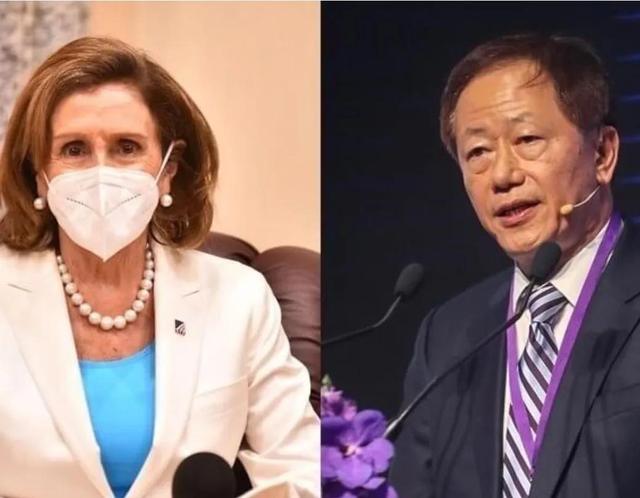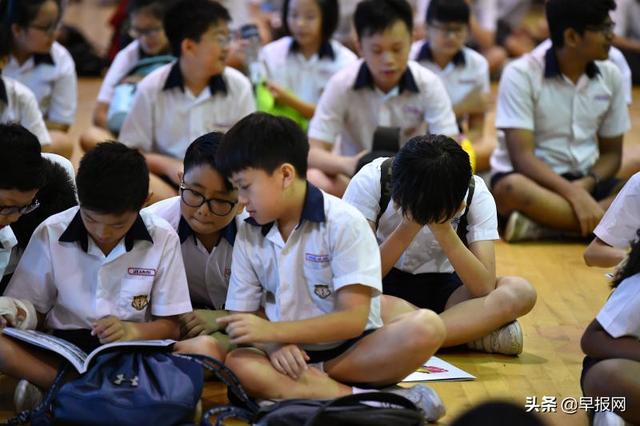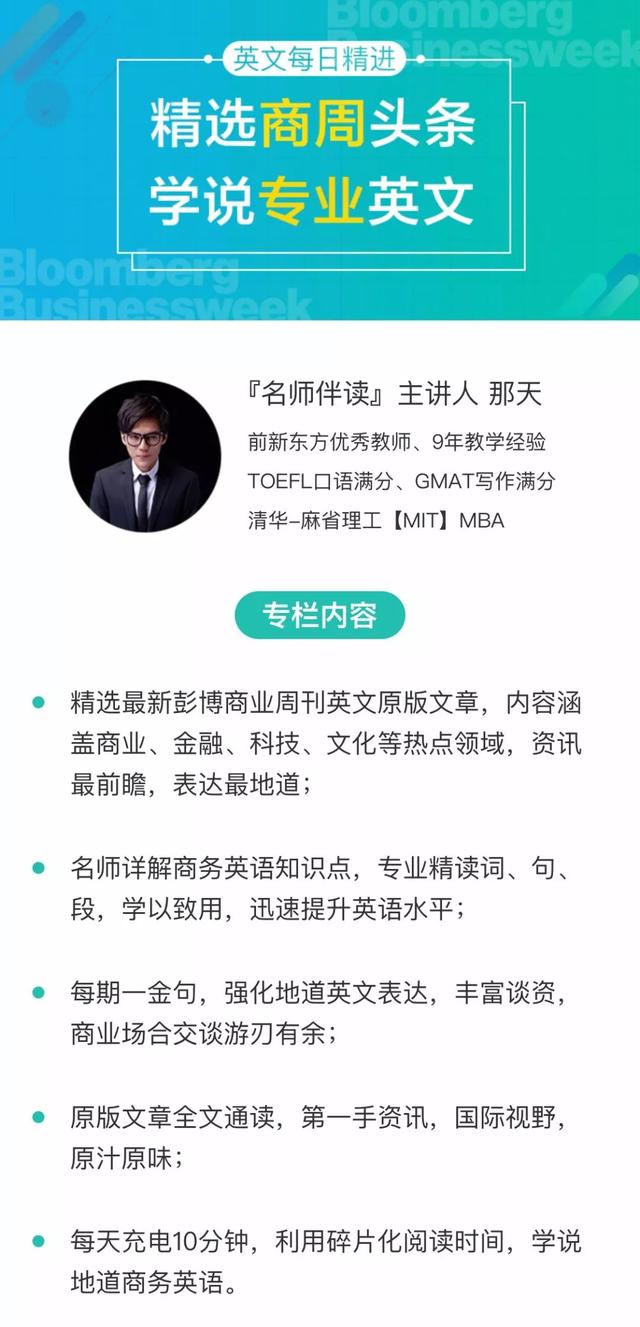「新加坡」吴纯和:沿海地区:三角洲
作者简介:
吴纯和(Oh Soon Hwa)已参加了近70个国际展览,其中包括:新加坡私人博物馆,荷兰北极光摄影节,意大利卢卡摄影节,伦敦国家肖像画廊,伯明翰米德兰兹艺术中心,休斯顿摄影节,波雄双年展,韩国的森吉艺术空间,亚裔美国艺术中心,洛杉矶的韩国文化中心,以及苏富比的年轻国际艺术项目。她曾获得俄亥俄州艺术委员会奖学金、韩国艺术委员会奖学金、亚伦·斯金德纪念奖学金和联合国教科文组织阿什伯格助学金。她是英国《劳特利奇》杂志的编辑委员会成员和审稿人。现任新加坡南洋理工大学艺术设计与传媒学院副教授。
Artist Bio:
Oh Soon-Hwa has participated near 70 exhibitions internationally, to name a few, the Private Museum in Singapore, the Noorderlicht Photo Festival in the Netherlands, the Lucca Photo Festival in Italy, the National Portrait Gallery in London, the Midlands Arts Centre in Birmingham, the Houston FotoFest, the Pochon biennale, the Ssamzi Art Space in Korea, the Asian American Art Center, the Korean Cultural Centre in Los Angeles, and the Sotheby’s Young International Art Program. She is a recipient of Ohio Arts Council Fellowship, Korea Arts Council Fellowship, Aaron Siskind Memorial Scholarship and UNESCO-Aschberg Bursaries. She is an editorial board member & reviewer for the Photographies Journal, Routledge, UK. Currently, she is an associate professor at the School of Art, Design and Media, Nanyang Technological University in Singapore.
展览前言:
该系列风光摄影作品《沿海地区:三角洲》探讨了近期气候变化对景观的影响。摄影师沿着沿江地区旅行,从安江,前江,金瓯,薄寮到槟枷,在那里观察到干旱,盐侵,土壤侵蚀和海平面上升等现象,并记录了土地的变迁和生活方式的转变。 《沿海地区:三角洲》向观众展示了当地居民的适应能力,以及政府和个人面对的冲击和压力。此外,人类为了满足能源需求而企图控制自然,给许多生活在湄公河沿岸的人带来了巨大的生命挑战。例如,水电站大坝的建设使湄公河成为东南亚的能量来源,从而满足曼谷等快速发展的城市所需的高能源需求。然而,由于利益冲突,这个多国项目对湄公河三角洲的沿海地区造成了不良影响。比如旱季蓄水导致了下游供水短缺。
自 2005 年以来,摄影师一直在探索湄公河三角洲地区。她的摄影作品关注的是受环境或社会经济条件影响的人们的生活。在这一系列摄影中,摄影师旨在解决气候变化及其产生的复杂连锁反应和对土地和人民的影响。无法预测的天气条件将导致水稻和渔业产量大幅下降。淡水供应短缺将导致农药使用增加和畜牧业难题。因此,粮食安全将面临风险,不可避免地,那些无法达到目的的人会离开家园,进而导致居民迁移。
Project Introduction:
This series of landscape photographs, “Coastal regions: Delta”, explores the impacts of the recent climate changes on the landscapes. The photographer traveled along the coastal regions, from Ang Giang, Tien Giang, Ca Mau, and Bac Lieu to Ben Tre, where drought, salt intrusion, soil erosion, and sea level rise have been observed. She documented the transforming land and lives.
“Coastal regions: Delta” informs viewers about the resilience that the residents endure, and the shocks and stresses that are dealt with, both at state and individual levels. Additionally, human’s desire to control the nature in order to meet with the energy demands generates unforeseeable life challenges to many who live along the Mekong River. For instance, the hydropower dam construction had the ambition to make the Mekong River as the battery of Southeast Asia and to supply the high-energy demands required by the rapidly developing cities such as Bangkok. However, this multi nations project, created with conflictual interests, produced undesirable and paradoxical outcomes in the coastal regions of the Mekong Delta, such as the dam retaining the water during dry season, creating a shortage of water supply downstream.
Since 2005, the photographer has explored the Mekong Delta area. Her photographic works focus on people’s lives affected by environmental and/or socio economical conditions. In this series, the photographer aimed at addressing the impacts of the climate change and the complex chain reaction it generates, on the land and people. The unpredictable weather conditions will induce significant fall in rice and fishery production. The shortage in fresh water supply will induce increase in pesticide usages and difficulties in livestock farming. Thus, food security will be at risk and inevitably those who cannot have the ends meet will start leaving their home, migration will instigate.
作品欣赏:
























评论